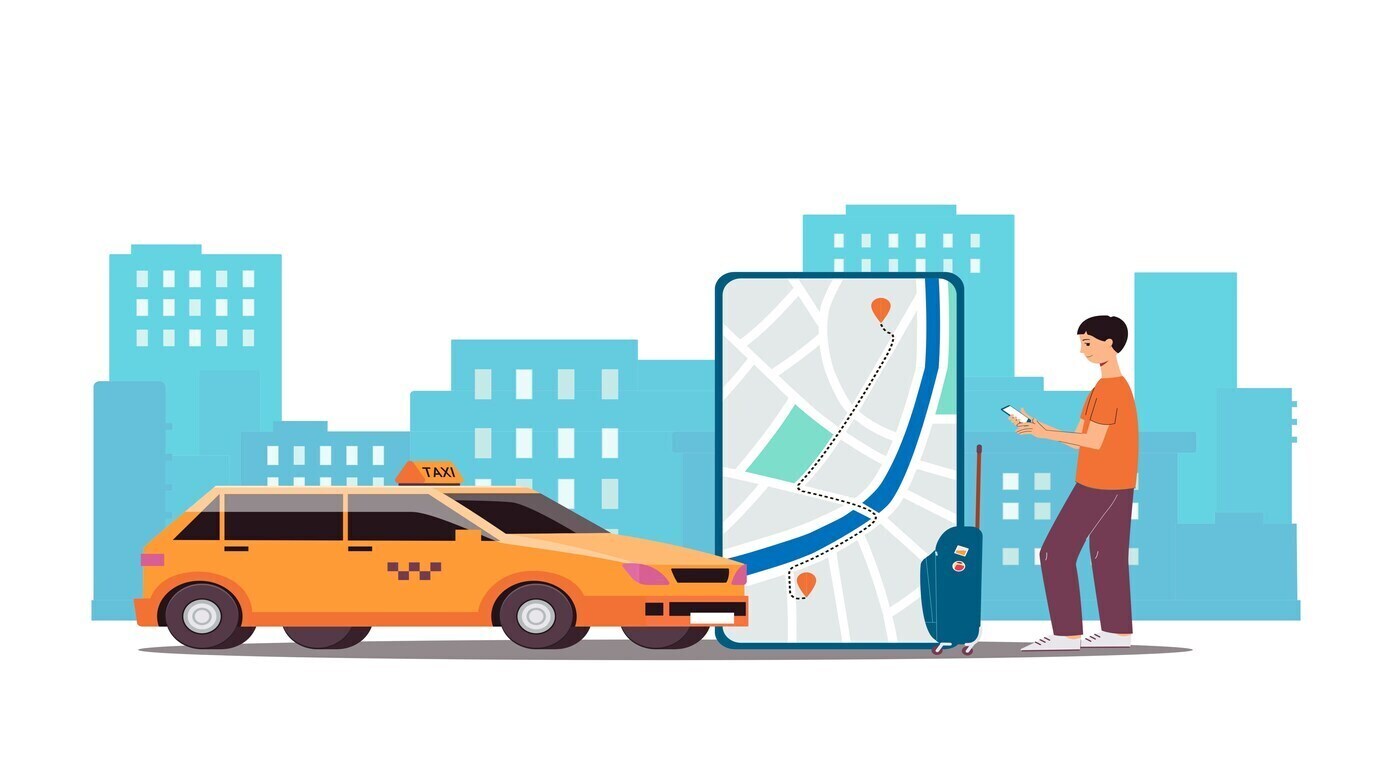New York City’s iconic yellow cab drivers are sounding the alarm over Waymo’s new self-driving cars, which began testing in Manhattan and Brooklyn this week. The powerful New York Taxi Federation says the move threatens thousands of jobs—and they’re promising to take drastic action if city leaders don’t step in.
“We’ll shut down the city.”
On Monday, Fernando Mateo, spokesperson for the Federation, warned Governor Kathy Hochul, Mayor Eric Adams, and state legislators that Waymo’s robotaxis must be stopped immediately.
“This is a cancer that must be eradicated,” Mateo said. “These vehicles put at risk the jobs of 200,000 hard-working men and women—and at least one million people who depend on this industry to live. If Waymo isn’t stopped, we will shut down the city.”
The threat would include all five boroughs and extend to medallionless taxis—about 100,000 vehicles currently restricted from downtown Manhattan. Drivers gathered with signs reading “No to Waymo”, “Waymo is not welcome here”, and “Waymo? No Waymo.”
Why taxi drivers are angry
Mateo argued that New York’s unpredictable streets are no place for self-driving cars. “Our roads are filled with schoolchildren, seniors, delivery workers, and emergency responders,” he said. “Only a human driver can make instant, life-saving decisions. No algorithm can replicate that.”
He also warned that autonomous vehicles could delay emergency responses, saying robot drivers won’t know how to react when ambulances or fire trucks need to move through crowded streets.
What Waymo is doing in NYC
Waymo, owned by Google’s parent company Alphabet, just received its first permits to test five robotaxis in New York City. To meet state law, each vehicle will have a trained specialist behind the wheel—even though the cars can drive themselves.
The company celebrated on X (formerly Twitter), calling the move “great news” and promising fully autonomous rides to New Yorkers in the near future. Riders can already schedule pickups in advance, and Waymo says it will handle the rest.
Where else is Waymo operating?
Waymo has been running self-driving cars in San Francisco, Los Angeles, and Phoenix, and it’s preparing to launch in Washington, DC, next year. In some cities, customers can even order a Waymo car through the Uber app.
The company claims its technology makes roads safer. Using LiDAR, radar, and cameras, Waymo cars detect obstacles and react faster than humans. The vehicles are fully electric, reducing emissions and helping improve air quality in crowded urban areas.
Waymo’s pitch: safer, cleaner, faster
Waymo says its autonomous service:
- Reduces accidents involving pedestrians and cyclists.
- Provides access for people who can’t drive.
- Optimizes traffic flow, reducing travel times and fuel use.
- Cuts greenhouse gas emissions thanks to electric fleets.
The company insists these vehicles can make New York travel cleaner and more efficient while freeing passengers from the stress of driving or finding parking.
Will NYC leaders step in?
The standoff now rests with Governor Hochul and Mayor Adams. Taxi drivers want the programme scrapped, while Waymo argues it’s a leap forward for urban transportation.
Mateo’s warning is clear: “We will not sit back and watch our livelihoods disappear.” If city leaders don’t act, New Yorkers could soon see a massive taxi strike—a move that would paralyse transportation in the nation’s busiest city.
Whether robotaxis are the future or a threat to working drivers, one thing is certain: New York’s streets just became the latest battleground over who—or what—gets to drive.
Read this later:
- Can Trump fire Lisa Cook? Everything we know about the letter of dismissal published by the US president to the Governor of the Federal…
- Bad news for a million Americans – Massive hack at Farmers Insurance following the attack on Salesforce with a worrying security breach
- The new crime proposed by the Republican Party whereby green card holders could face deportation from the United States
- More than 2.5 billion Gmail users at risk after Google database hack – Here are the steps you should take with your password to…
- Southwest rolls out new conditions for plus-size passenger refunds – This is the new seat width that will be taken into account starting January…
- What are tariffs, what products does Trump want to put them on and how can it affect the U.S. economy?

